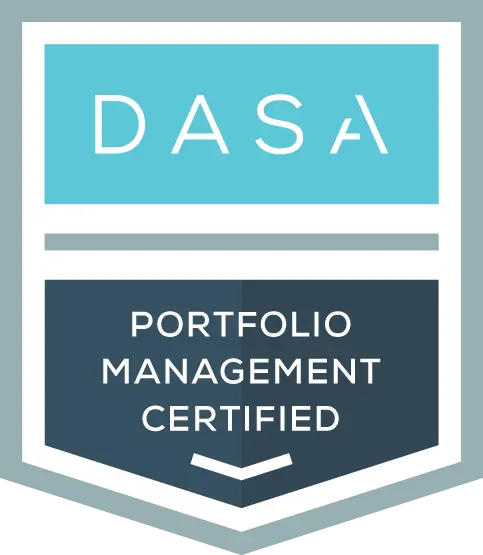Common challenges

Lack of clear portfolio strategy
Unclear strategic direction hampers decision-making and leads to confusion and wasted effort.
Inadequate portfolio governance
Inefficient governance structures and processes result in delays, conflicting priorities, and decision-making bottlenecks.
Insufficient alignment between strategy and execution
Misalignment between strategic goals and portfolio execution leads to wasted resources and compromised outcomes.
Overburdened resources
Limited resources and over-allocation across initiatives cause delays and compromise quality.
Ineffective prioritization and decision-making
Subjective decision-making without clear criteria results in suboptimal resource allocation and conflicting priorities.
Lack of visibility and transparency
Insufficient visibility into initiative status and dependencies leads to delays, risks, and missed opportunities.
Poor communication and collaboration
Ineffective communication among stakeholders results in delays, misunderstandings, and rework.
Inflexible and slow feedback loops
Slow or infrequent feedback cycles hinder learning, adjustments, and continuous improvement.
Inadequate portfolio performance tracking and measurement
Lack of tracking mechanisms impairs data-driven decision-making and the ability to identify improvement opportunities.
Resistance to change and lack of agility in portfolio management processes
Reluctance to embrace change and inflexible processes hinder responsiveness and efficiency in portfolio management.


DASA Portfolio Management
By choosing DASA Portfolio Management, you will learn how to adopt a comprehensive approach to portfolio management. This approach not only drives strategic alignment and value delivery but also establishes effective governance practices. It fosters collaboration and communication and promotes continuous improvement.


